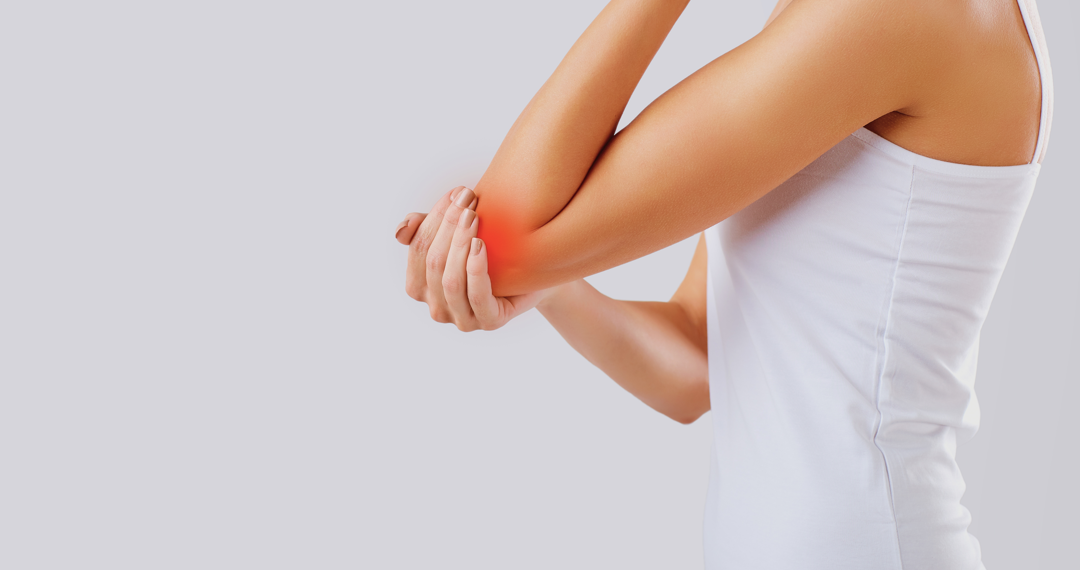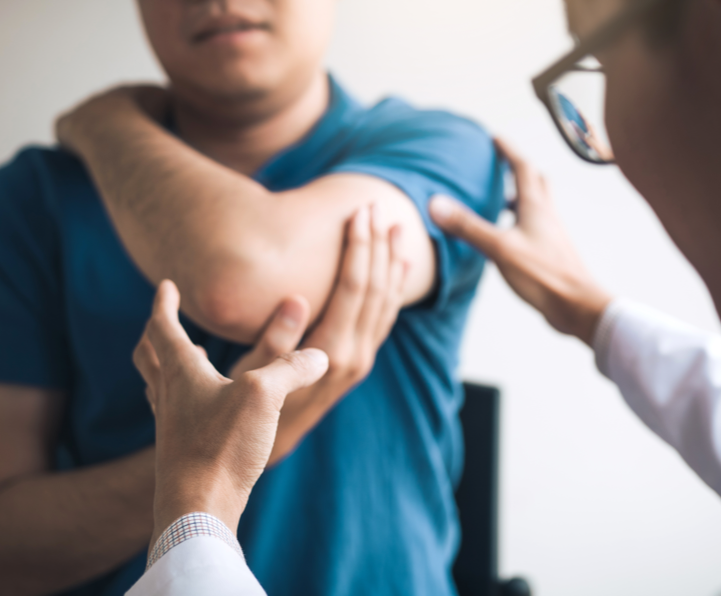Elbow Bump
Introduction
Elbow Bump or Olecranon Bursitis is inflammation of a small sac of fluid located on the tip
of
the elbow. This inflammation can cause many problems in the elbow.
Causes of Elbow Bump
Bursitis is the inflammation of a bursa. The olecranon bursa can become irritated and
inflamed
in a number of ways.
In some cases, a direct blow or a fall onto the elbow can damage the bursa. This usually
causes
bleeding into the bursa sac, because the blood vessels in the tissues that make up the bursa
are
damaged and torn. In the skin this would simply form a bruise, but in a bursa blood may
actually
fill the bursa sac. This causes the bursa to swell up like a rubber balloon filled with
water.
The walls of the bursa may thicken and remain thickened and tender even after the blood has
been
absorbed by the body. This thickening and swelling of the bursa is referred to as olecranon
bursitis.
Olecranon bursitis can also occur over a longer period of time. People who constantly put
their elbows on a hard surface as part of their activities or job can repeatedly injure the
bursa. This repeated injury can lead to irritation and thickening of the bursa over time.
The
chronic irritation leads to the same condition in the end: olecranon bursitis.
Symptoms of Elbow Bump
Olecranon bursitis causes pain and swelling in the area at the tip of the elbow. It may be
very
difficult to put the elbow down on a surface due to the tenderness. If the condition has
been
present for some time, small lumps may be felt underneath the skin over the olecranon.
Sometimes
these lumps feel as though some- thing is floating around in the olecranon bursa, and they
can
be very tender. These lumps are usually the thickened folds of bursa tissue that have formed
in
response to chronic inflammation.
Diagnosis of Elbow Injuries
Diagnosis of Elbow Injuries
At the Centre for Musculoskeletal Medicine we will first take a detailed medical history.
You will need to answer questions about your pain, how your pain affects you, your regular
activities, and past injuries to your elbow. Following this a thorough physical exam will
take
place
You may need to get X-rays of your elbow. The X-rays mostly help your doctor rule out other
problems with the elbow joint. If the diagnosis is not clear, your doctor may order other
special tests such as an MRI.
Treatment for Elbow Injuries
The key to treatment is to keep the collagen from breaking down further. The goal is to help
the
tendon heal.
- Dry needling
- Soft tissue & joint mobilisation
- Ultrasound & Acupuncture
- Shock wave therapy
- Cortisone injection
- Plasma Rich Platelets. Platelets contain granules, which contain growth factors to
stimulate
healing of the tendon.
- Clinical Pilates
- Elbow strap
- Occupational advice How to rest your elbow and how to do your activities without putting
extra
strain on your elbow.







